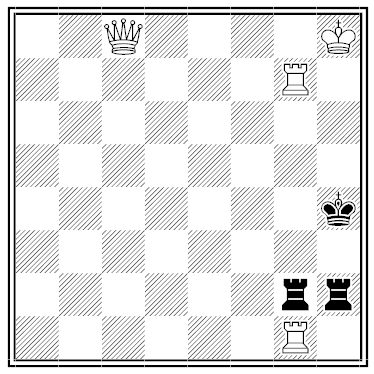Author: Greg Ross
Invisible Man
The book that Montgomery Carmichael published in 1902 seemed at first to be a straightforward biography:
The will of my friend Philip Walshe has put me in possession of a large and extraordinary collection of valuable MSS., and has at the same time laid upon me a task of no little delicacy and difficulty. These MSS. are the voluminous works of his father, the late Mr. John William Walshe, F.S.A., who died on the 2nd July 1900, aged sixty-three, at Assisi, in Umbria, where he had passed the latter half of his life. Mr. Walshe was well known to scholars as perhaps the greatest living authority on matters Franciscan: otherwise he had practically no fame. The busy world, at all events, knew him not.
“It takes some time to realize that this is all an elaborate piece of mystification,” wrote a Dial reviewer, “and to recall the fact that the name of Walshe does not figure in any actual list of Franciscan scholars, living or dead.”
The Life of John William Walshe is the detailed portrait of a man who never existed. Librarian Edmund Lester Pearson calls it “one of the most inexplicable examples of the literary hoax. … It contained not one atom of satire, it was not a parody, and so far as I, at least, could have discovered by internal evidence, it was what it purported to be: a sober and reverent biography of an Englishman dwelling in Italy, a devout member of the Church of Rome, and in particular an enthusiastic student and pious follower of St. Francis of Assisi.”
Carmichael was a member of the British consular service in Italy and the author of a number of European travel books. So far as I can tell, he never explained this work — he called it only “the story of a hidden life.”
(10/23/2021 This has begun to fascinate me. The New York Times reviewed the book, favorably even while acknowledging its possible falsity, in 1902. Archive.org has a complete copy.)
“Ping-Pong at Its Greatest Height”
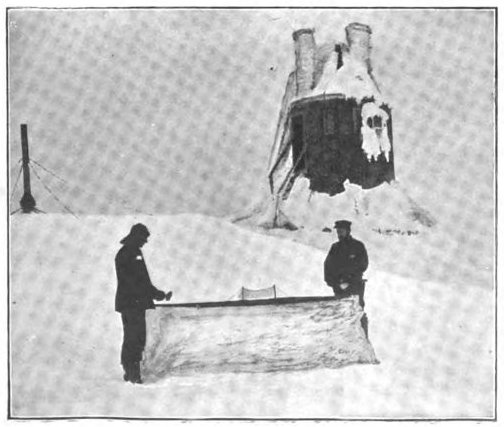
This photograph, taken in mid-winter at the highest point in His Majesty’s home domains, shows two of the meteorologists enjoying a game of ping-pong alongside the observatory on the summit of Ben Nevis. The photo was taken when the snow reached an average depth of 7ft., and during the progress of the game the temperature was as low as 18deg. Fahr. The table, composed as it was of a solid block of snow, covered with baize, served its purpose admirably, and the game, if not played under the most favourable climatic conditions, can at least boast of ‘high’ scoring.
— Robert H. Macdougall of Ben Nevis Observatory, quoted in Strand, August 1902
Logic
John-a-Nokes was driving his Cart toward Croydon, and by the Way fell asleep therein: Mean time a Thief came by and stole his two Horses, and went quite away with them; In the End he awaking, and missing them, said, Either I am John a Nokes, or I am not John a Nokes. If I am John a Nokes, then have I lost two Horses; and if I be not John a Nokes, then have I found a Cart.
— The Jester’s Magazine, February 1766
Hands Up

There are 13 ways to draw four of a kind and 40 possible straight flushes.
Why then does a straight flush beat four of a kind?
In a Word

kumatage
n. “A bright appearance in the horizon, under the sun or moon, arising from the reflected light of these bodies from the small rippling waves on the surface of the water”
(Nathaniel Bowditch, The New American Practical Navigator, 1837)
Worth a Try
Publicity hound Jim Moran brought a sealed case of playing cards to a meeting of magicians. One randomly chosen audience member opened the case, a second chose a deck, a third opened the deck, a fourth cut it, and a fifth chose a card.
Moran said, “It’s the six of diamonds.”
It wasn’t. “But if it had been the six of diamonds,” Moran said later, “those bastards would still be talking about it.”
Unsatire
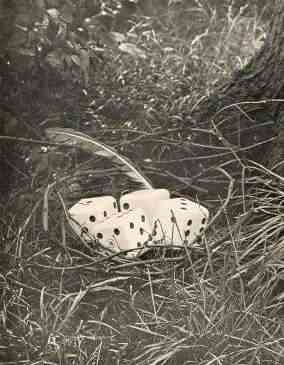
Journalist George Shepard Chappell intended his Cruise of the Kawa (1921) as a burlesque on romantic South Sea adventure books — it records author “Walter E. Traprock’s” improbable adventures among the “Filbert Islands” of Polynesia:
The wak-wak has a mouth like a subway entrance and I was told that so great was his appetite for human flesh that when, as occasionally happened, some unfortunate swimmer had been eaten by a shark, a wak-wak was sure to come rushing up and bolt shark, man and all. Consequently I did most of my swimming in the lagoon.
Chappell salted the whole book with nonsense: “Captain Ezra Triplett” is shown holding a flintlock pistol carved out of wood, and the nest of the “Fatu-liva” bird is shown to contain “four snow-white, polka-dotted cubes.” Author Traprock’s other books are even listed as Through Borneo on a Bicycle, Around Russia on Roller Skates, Who’s Hula in Hawaii, and How to Explore, and What.
Inevitably, though, it received several serious reviews, and at least one reader responded to the book’s ad for an excursion to the South Seas in order to “see the cute cannibals.” So — after an interval of bemused blinking, one imagines — Chappell gamely followed it up with My Northern Exposure (1922) and Sarah of the Sahara: a Romance of Nomads Land (1925).
The Interloper
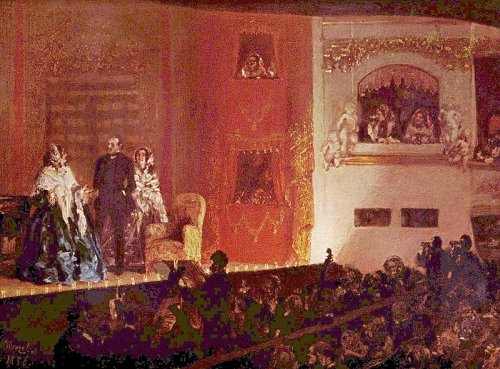
Consider the classic story of Henry, a backwoods villager watching a theatrical performance, who leaps to the stage to save the heroine from the clutches of the villain and a horrible death. Of course Henry is mistaken if he thinks he can save the actress. She is not in danger; there is nothing to save her from. But the character she portrays is in danger and does need saving. Can Henry help her, despite the fact that he doesn’t live in her world?
— Kendall L. Walton, “How Remote Are Fictional Worlds From the Real World?”, Journal of Aesthetics and Art Criticism, 1978
Space Saver
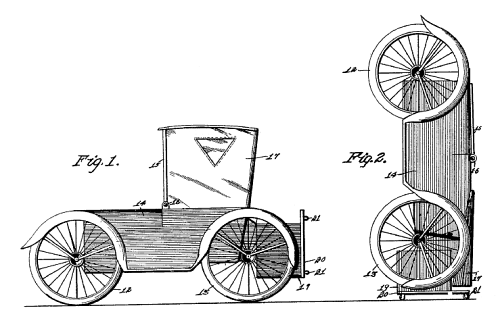
Even in 1923, parking was a problem. Iowa’s Leander Pelton proposed this solution — a lightweight car that can be stood on end and wheeled about on casters.
“When it is in this position, it may be moved through an ordinary doorway, or a very large number of them could be stored or parked in a comparatively small road or floor area.”
Unfortunately it would also be a bonanza for car thieves.

